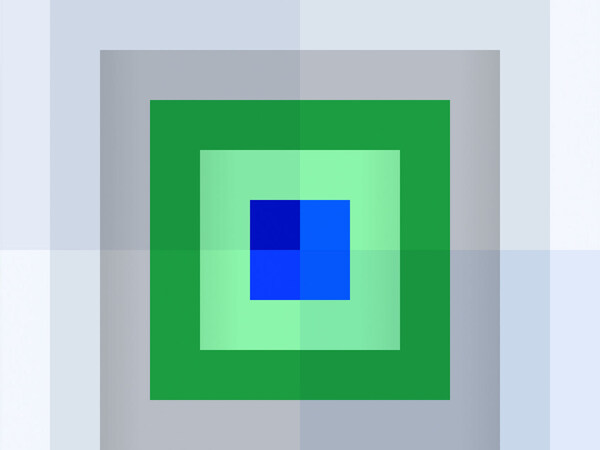IBM Launches Granite 3.2: A New Era of Compact, High-Efficiency AI for Enterprises
2025-03-06 10:26:35 1097
March 4, 2025, China - IBM has officially released Granite 3.2, its latest generation of big language models, designed for the enterprise and designed to deliver small, efficient, and practical AI solutions to meet the growing computing needs of data centers and AI clusters.

Figure. 1
Core Highlights:
High Performance and Low Power Consumption: Granite 3.2 utilizes a new architecture and advanced inference scaling technology, supports 800Gb/s and 1.6Tb/s optical modules, and excels in a number of benchmarks, including visual and semantic.
Flexible Reasoning Modes: The 2B and 8B models introduce optional “thought chain” reasoning, which allows users to turn reasoning on and off as needed to balance performance and computing costs.
Open License: All models are available under a generous Apache 2.0 open source license and can be downloaded from the Hugging Face platform, with some models already available on IBM watsonx.ai, Ollama, Replicate and LM Studio.
Integrated Ecosystem: Working closely with industry partners, IBM is pushing Granite 3.2 to play a greater role in cloud services and enterprise applications, while supporting future RHEL AI 1.5 deployments.
Application Scenarios:
Granite 3.2 is suitable for big data analytics, machine learning, AI-driven enterprise applications, and automated data center interconnects. The new technology not only optimizes existing applications, but also provides platform support for future AI innovations.
Additional innovations:
IBM also introduced a new generation of TinyTimeMixers time series models with less than 10 million parameters and long-term forecasting capabilities for trend analysis in finance, supply chain and retail.
This release marks IBM's strategic advancement in enterprise-specific small AI, working to achieve the perfect balance between high performance, low cost and scalability to create greater business value for clients worldwide.




